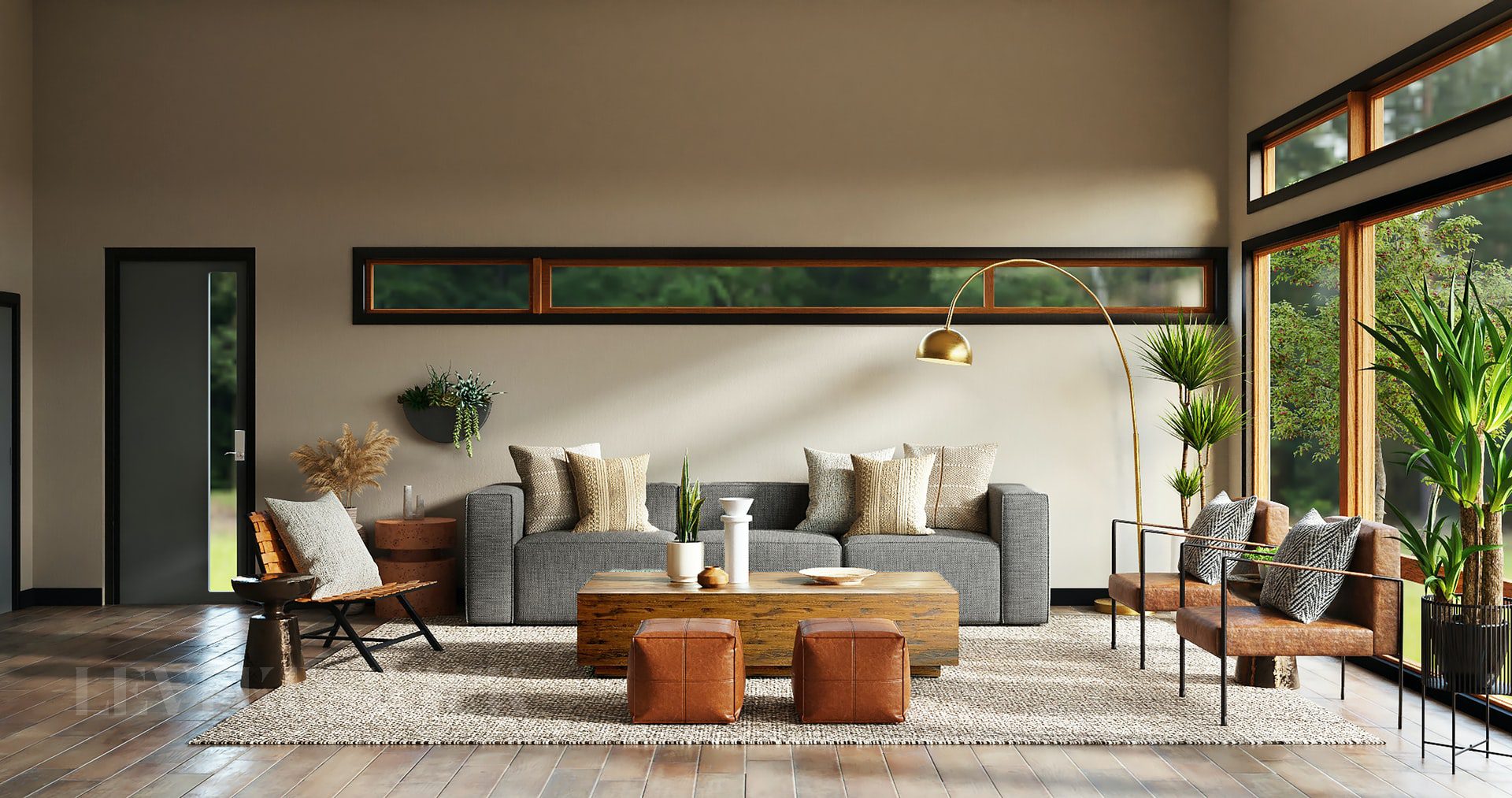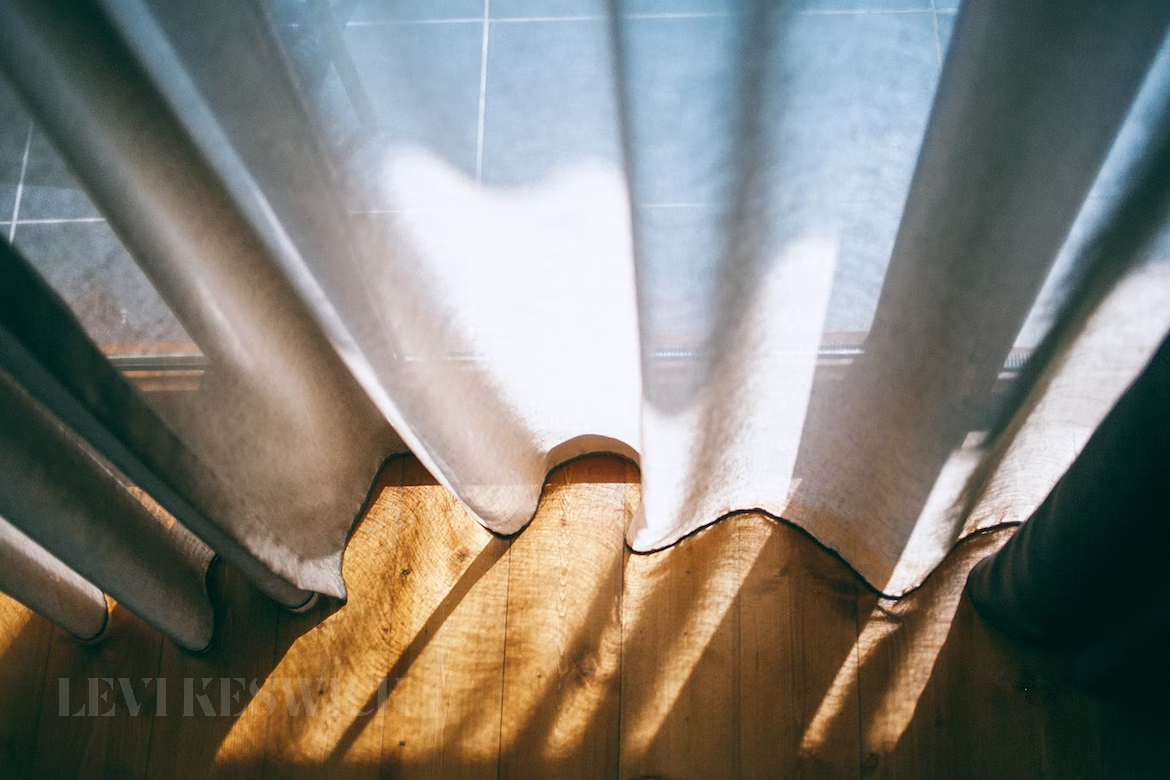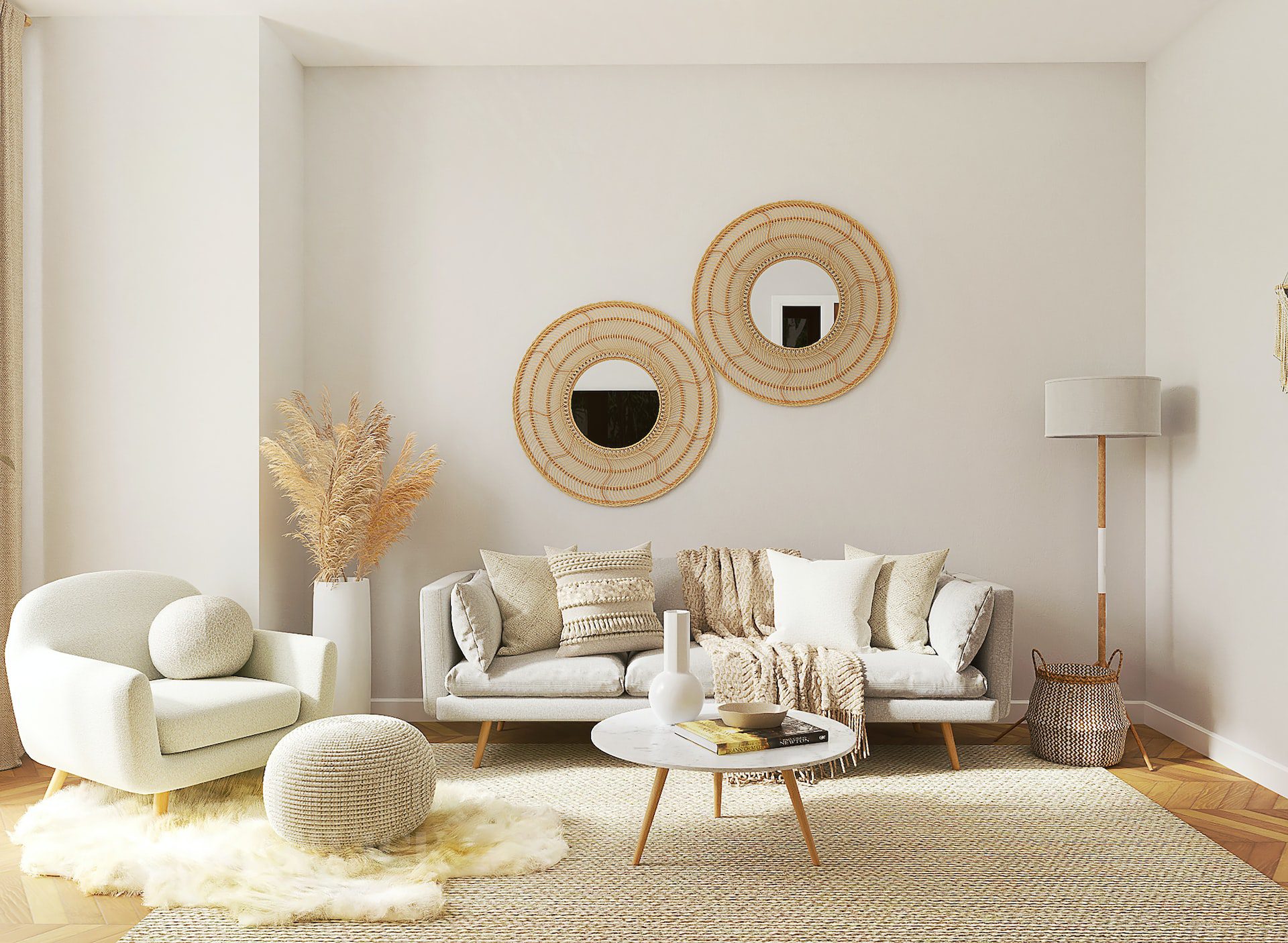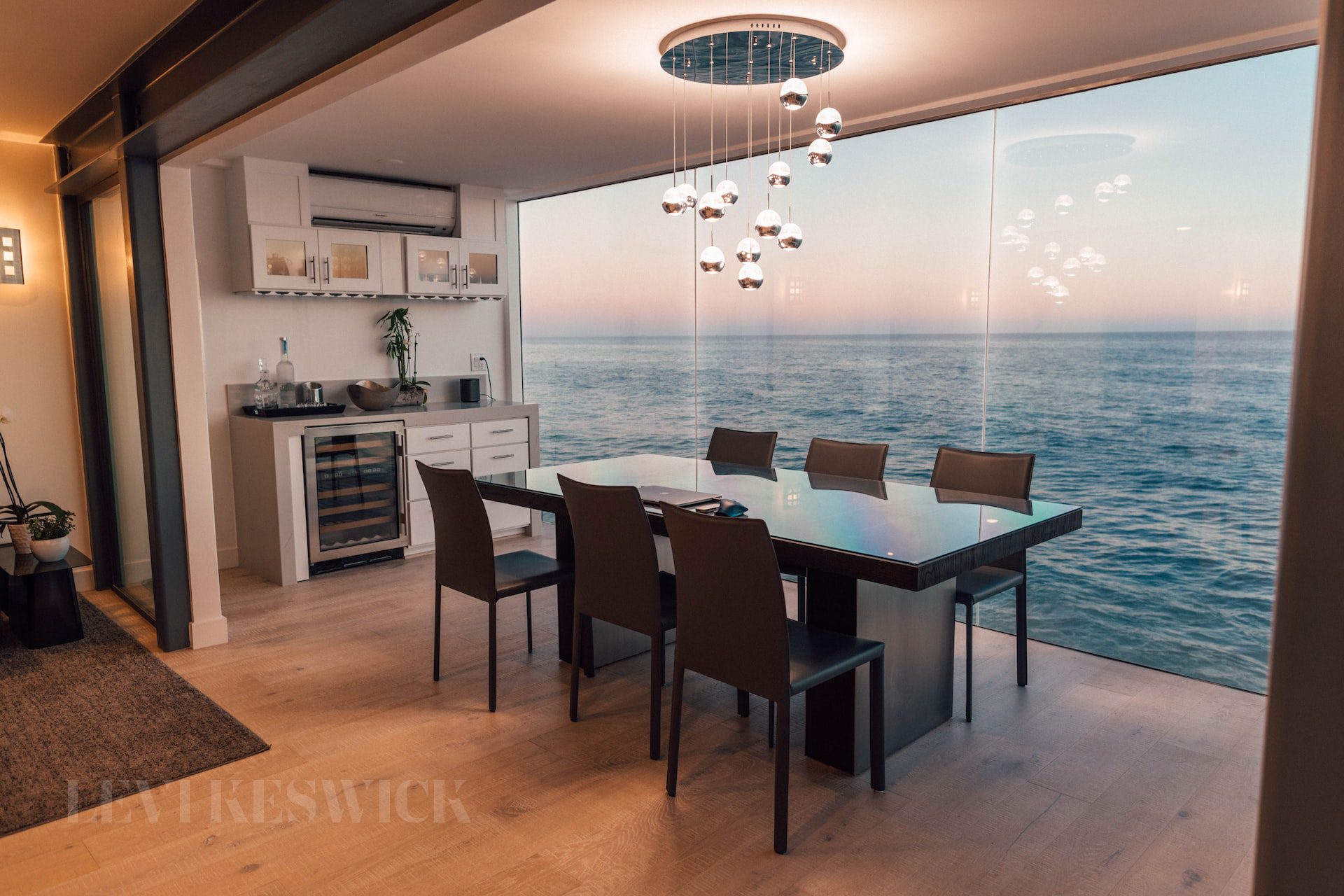Combining different shades and colors in interior design can be a daunting task. It’s all too easy to make a mistake and create an ugly, mismatched room. Not to mention that many people are simply unsure of how to go about it. However, with a little knowledge and some planning, you can create beautiful color schemes that will add harmony and style to your home. In this article, we’ll explore the top tips for combining colors successfully in your home.
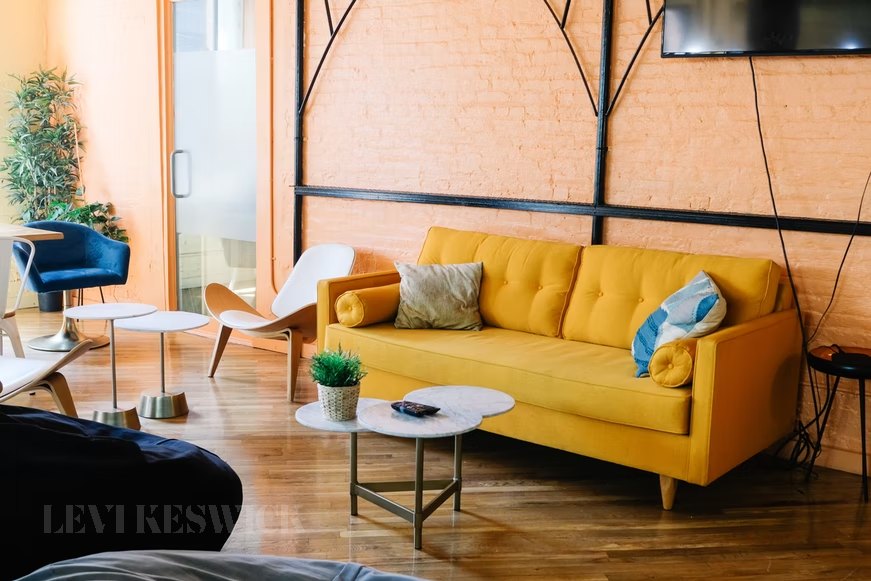
Understand the Color Wheel
The first step to creating successful color combinations is to understand the color wheel. A color wheel is a tool that helps you see relationships between colors. It’s based on the three primary colors (red, yellow, and blue) and the three secondary colors (orange, green, and purple). All other colors are created by mixing these six hues.
When you’re planning your color scheme, it’s helpful to think about which colors are opposite each other on the wheel. These colors are known as complementary colors, and they can create a striking contrast when used together. For example, red and green are complementary colors. You might not think that they would go well together, but in fact, they can look beautiful when used in the right way.
Consider the Mood You Want to Create
Before you start selecting colors, it’s important to think about the overall mood you want to create in your space. Do you want it to be calm and relaxing? Bright and energetic? Or something in between? The colors you choose should be in line with the mood you’re trying to create.
For example, if you’re hoping to create a calming atmosphere, you might want to use cool colors like blue or green. These colors have a soothing effect and can help to reduce stress levels. On the other hand, if you’re looking to energize a space, you might want to use warm colors like red or yellow. These hues will add vibrancy and make a room feel more exciting.
Choose a Color Scheme
Once you’ve considered the overall mood you want to create, it’s time to start choosing a color scheme. There are many different ways to do this, but one of the simplest is to choose three colors: a dominant color, a secondary color, and an accent color.
The dominant color should be used for the majority of the surfaces in the room, such as the walls or floor. The secondary color should be used for smaller surfaces, such as furniture or accessories. And the accent color should be used sparingly to add visual interest and contrast.
For example, you might choose white as the dominant color, blue as the secondary color, and yellow as the accent color. This combination would create a calm and relaxing atmosphere.
Know How To Transition Between Different Wood Finishes
If you have wood floors, furniture, or moldings, you’ll need to know how to transition between different wood finishes. This can be tricky, but there are a few general rules you can follow.
First, dark wood finishes should be used for larger surfaces while light wood finishes should be used for smaller surfaces. Second, if you’re thinking about making a dark wood to light wood transition, you’ll want to use color in between to create a smooth transition. For example, you might use a dark stain for your floors and a lighter stain for your moldings. Or you might paint the walls white and use dark-colored furniture.
Balance Light and Dark Colors
When you’re combining different colors, it’s important to strike a balance between light and dark hues. Too much of either can make a space feel unbalanced. For example, using all dark colors can make a room feel oppressive while using all light colors can make it feel bland.
Instead, aim to use a mix of light and dark colors. This will add visual interest and depth to your space. For example, you might paint the walls white and use dark furniture or accessories. Or you might paint the walls dark and use light-colored fabrics for your window treatments or upholstery.
Use Texture to Add Visual Interest
In addition to using light and dark colors, you can also add visual interest to your space by using different textures. This can be especially effective when you’re working with a limited color palette.
For example, if you’re using mostly white, you might add some contrast by using textured fabrics or materials. A white leather sofa might look stark, but a white linen sofa would look softer and more inviting. Likewise, a white room with wood floors would feel warm and inviting, while a white room with carpet would feel cozy and comfortable.
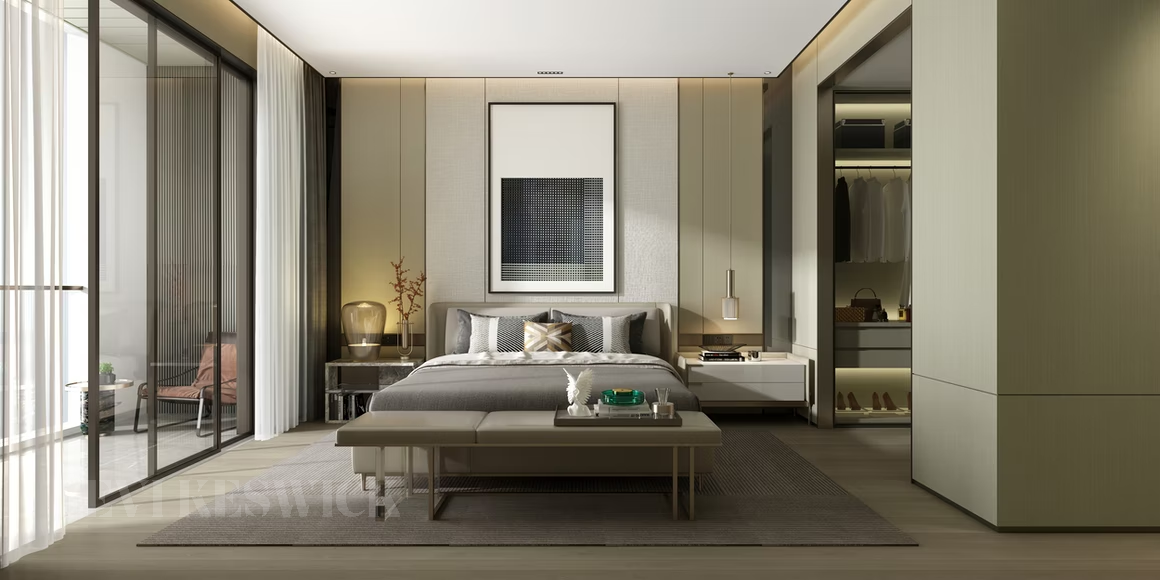
As you can see, even though it may sound confusing and overwhelming at first, combining different shades and colors in interior design is quite simple. With these tips in mind, you’ll be well on your way to creating a beautiful and stylish space. Just remember-not all colors go together. Colors have personalities, so choose wisely! You want your space to represent you and make you happy each time you step into it.



